Key Facts
- Length: 90-100cm
- Wingspan: 1.8m
- Weight: 1.5kg
The Little Egret is a small, white heron which feeds on small fish and crustaceans. Once a very rare visitor from the Mediterranean, Little Egrets are now a common sight around the coasts of southern England and Wales as they expand their range, possibly due to climate change.
It first bred in the UK on Brownsea Island, Dorset, in 1996, and has been moving northwards ever since; it was recorded as breeding in Berkshire for the first time in 2007.
How to Identify
The Little Egret is a white heron with black legs and yellow feet. It has a black bill and long plumes on its head and neck during the breeding season.
Where to Find
Found around the coasts and estuaries of England and Wales, more rarely in Scotland and inland.
How People Can Help
With the effects of climate change becoming more apparent – from unseasonal flooding to warmer winters – it is quite likely that more wildlife will be able to expand its range. This might be good for those species that are threatened, but it may cause competition between species and unbalance natural habitats. The Wildlife Trusts are working with other organisations and individuals to create a ‘Living Landscape’: a network of habitats stretching across town and country, allowing wildlife to adapt to climate change and move about freely, and people to enjoy the benefits of nature. Support this greener vision for the future by joining your local Wildlife Trust.
Did you know?
The long neck plumes of Little Egrets were once more valuable than gold, being smuggled into Europe in the 19th century. As a result, heron populations plummeted until laws were implemented to protect them.
Similar Species
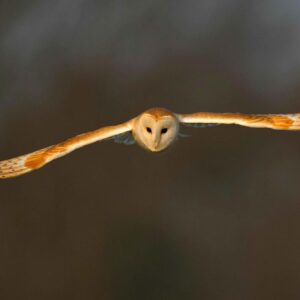
Barn Owl
- Birds
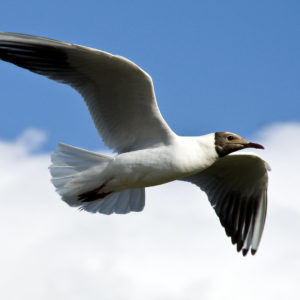
Black-Headed Gull
- Birds
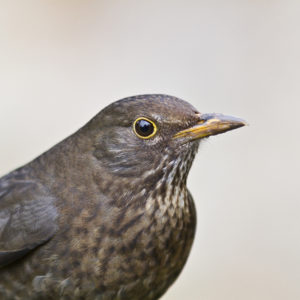
Blackbird
- Birds

Blackcap
- Birds
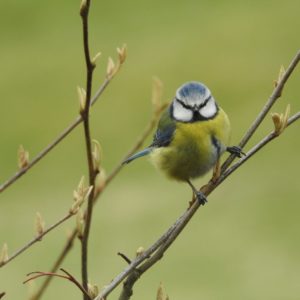
Blue Tit
- Birds
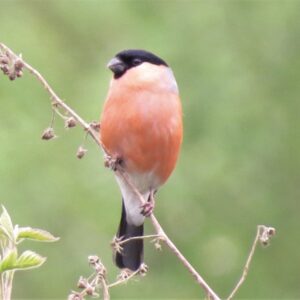
Bullfinch
- Birds
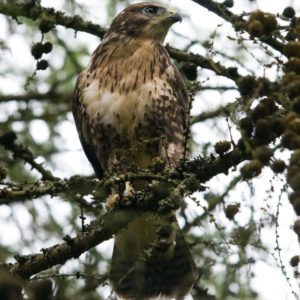
Buzzard
- Birds

Canada Goose
- Birds
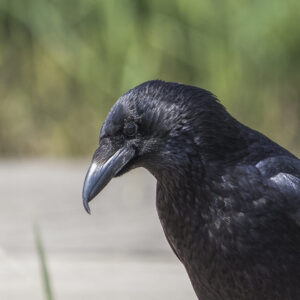
Carrion Crow
- Birds
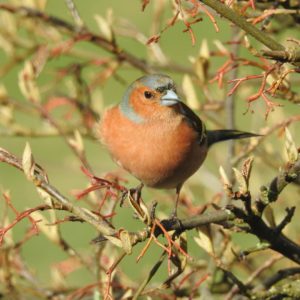
Chaffinch
- Birds
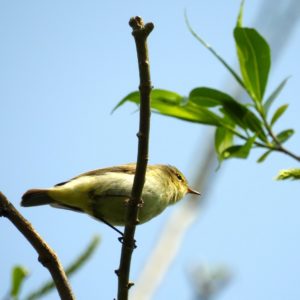
Chiffchaff
- Birds

Coal Tit
- Birds

Collared Dove
- Birds

Coot
- Birds
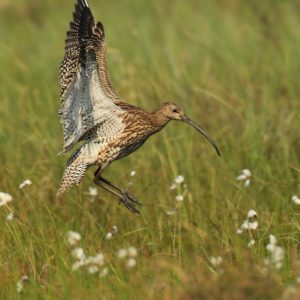
Curlew
- Birds
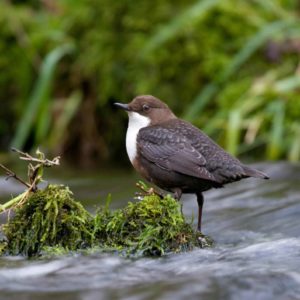
Dipper
- Birds
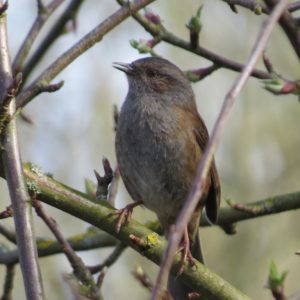
Dunnock
- Birds
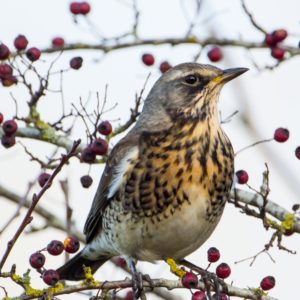
Fieldfare
- Birds
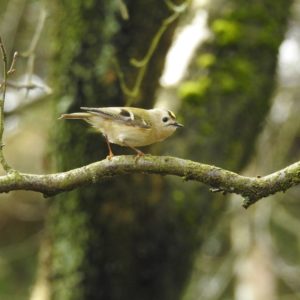
Goldcrest
- Birds

Golden Plover
- Birds
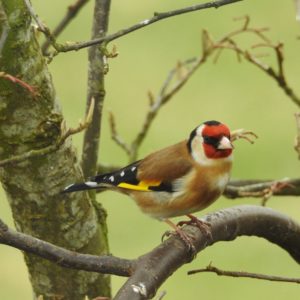
Goldfinch
- Birds

Great Tit
- Birds

Hen Harrier
- Birds
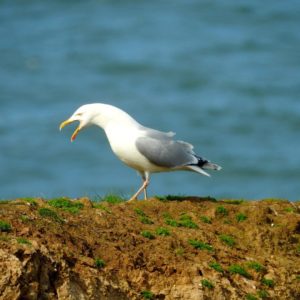
Herring Gull
- Birds
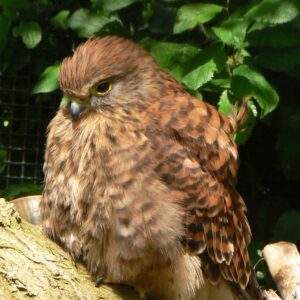
Kestrel
- Birds

Kingfisher
- Birds

Lapwing
- Birds
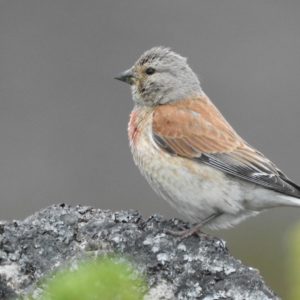
Linnet
- Birds
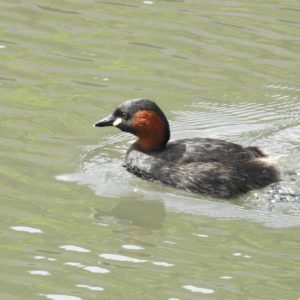
Little Grebe
- Birds
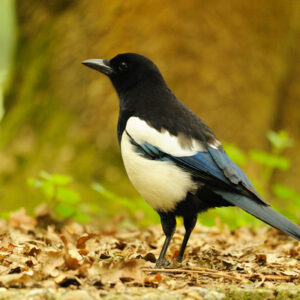
Long-Tailed Tit
- Birds

Magpie
- Birds
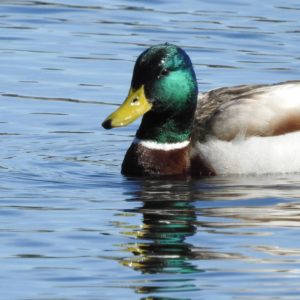
Mallard
- Birds
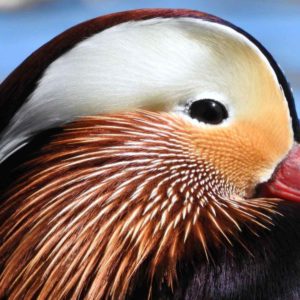
Mandarin Duck
- Birds
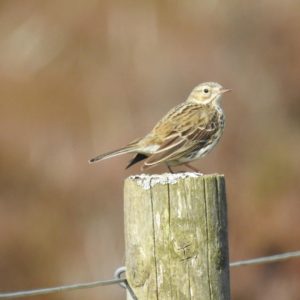
Meadow Pipit
- Birds

Moorhen
- Birds
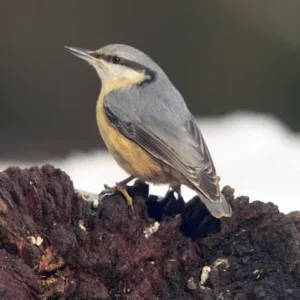
Nuthatch
- Birds

Peregrine falcon
- Birds

Robin
- Birds
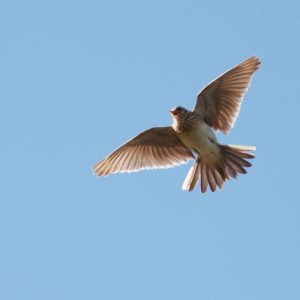
Skylark
- Birds

Snipe
- Birds

Starling
- Birds

Swift
- Birds
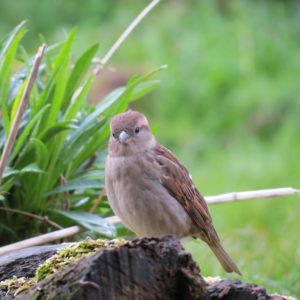
Tree Sparrow
- Birds

Waxwing
- Birds
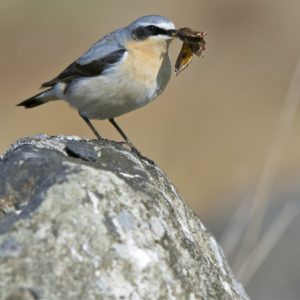
Wheatear
- Birds

Willow Warbler
- Birds
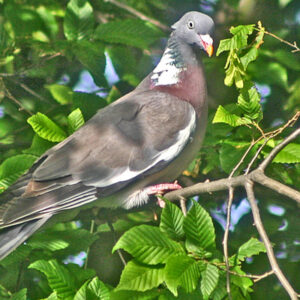
Wood Pigeon
- Birds
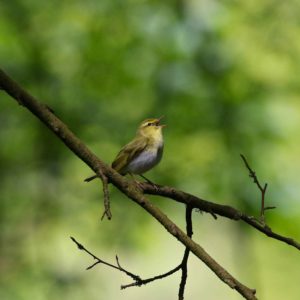
Wood Warbler
- Birds
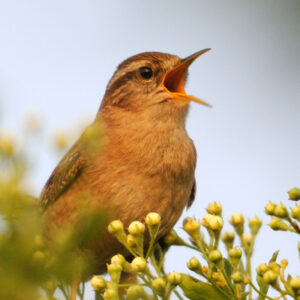
Wren
- Birds
